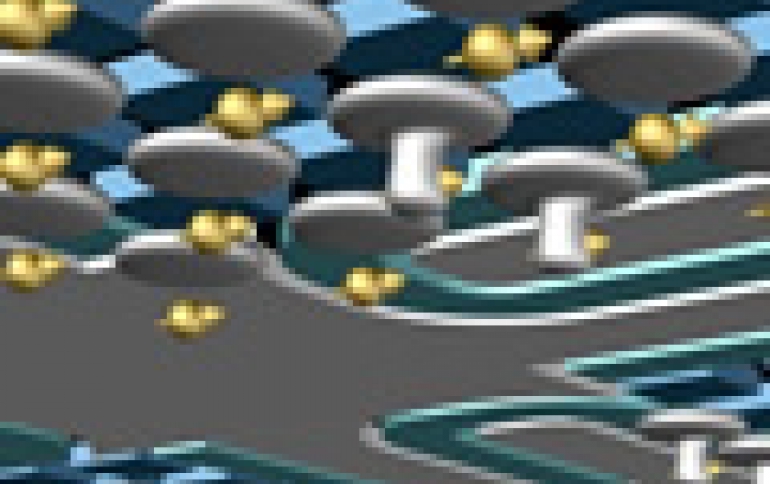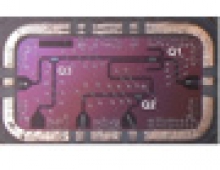
Flip-flop Qubits Could be the Key for Building Quantum Computers
Researchers in Australia have found a new way to build quantum computers which they say would make them easier and cheaper to produce at scale.
Quantum computers promise to harness the strange ability of subatomic particles to exist in more than one state at a time to solve problems that are too complex or time-consuming for existing computers.
The team from the University of New South Wales say they have invented a new chip design based on a new type of quantum bit, the basic unit of information in a quantum computer, known as a qubit.
The new architecture for quantum computing is based on 'flip-flop qubits', that promises to make the large-scale manufacture of quantum chips dramatically easier.
The new chip design, detailed in the journal Nature Communications, allows for a silicon quantum processor that can be scaled up without the precise placement of atoms required in other approaches. Importantly, it allows quantum bits (or 'qubits') - the basic unit of information in a quantum computer - to be placed hundreds of nanometres apart and still remain coupled.
The design was conceived by a team led by Andrea Morello, Program Manager in UNSW-based ARC Centre of Excellence for Quantum Computation and Communication Technology (CQC2T), who said fabrication of the new design should be easily within reach of today's technology.
"It's a brilliant design, and like many such conceptual leaps, it's amazing no-one had thought of it before," said Morello.
"What Guilherme and the team have invented is a new way to define a 'spin qubit' that uses both the electron and the nucleus of the atom. Crucially, this new qubit can be controlled using electric signals, instead of magnetic ones. Electric signals are significantly easier to distribute and localise within an electronic chip."
Tosi said the design sidesteps a challenge that all spin-based silicon qubits were expected to face as teams begin building larger and larger arrays of qubits: the need to space them at a distance of only 10-20 nanometres, or just 50 atoms apart.
"If they're too close, or too far apart, the 'entanglement' between quantum bits - which is what makes quantum computers so special - doesn't occur," Tosi said.
Morello said researchers at UNSW already lead the world in making spin qubits at this scale. "But if we want to make an array of thousands or millions of qubits so close together, it means that all the control lines, the control electronics and the readout devices must also be fabricated at that nanometric scale, and with that pitch and that density of electrodes. This new concept suggests another pathway."
IBM and Google are currently leading the way in the number of qubits that can be operated. However, due to their larger dimensions, in the long run they may face challenges when trying to assemble and operate millions of qubits, as required by the most useful quantum algorithms.
"Our new silicon-based approach sits right at the sweet spot," said Morello, a professor of quantum engineering at UNSW. "It's easier to fabricate than atomic-scale devices, but still allows us to place a million qubits on a square millimetre."
Tosi's conceptual breakthrough is the creation of an entirely new type of qubit, using both the nucleus and the electron. In this approach, a qubit '0' state is defined when the spin of the electron is down and the nucleus spin is up, while the '1' state is when the electron spin is up, and the nuclear spin is down.
Building a quantum computer has been called the 'space race of the 21st century' - a difficult and ambitious challenge with the potential to deliver revolutionary tools for tackling otherwise impossible calculations, with a plethora of useful applications in healthcare, defence, finance, chemistry and materials development, software debugging, aerospace and transport. Its speed and power lie in the fact that quantum systems can host multiple -superpositions of different initial states, and in the spooky 'entanglement' that only occurs at the quantum level the fundamental particles.
"It will take great engineering to bring quantum computing to commercial reality, and the work we see from this extraordinary team puts Australia in the driver's seat," said Mark Hoffman, UNSW's Dean of Engineering.
The UNSW team has struck a A$83 million deal between UNSW, telco giant Telstra, Australia's Commonwealth Bank and the Australian and New South Wales governments to develop, by 2022, a 10-qubit prototype silicon quantum integrated circuit - the first step in building the world's first quantum computer in silicon.



















